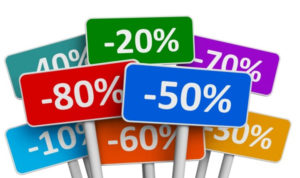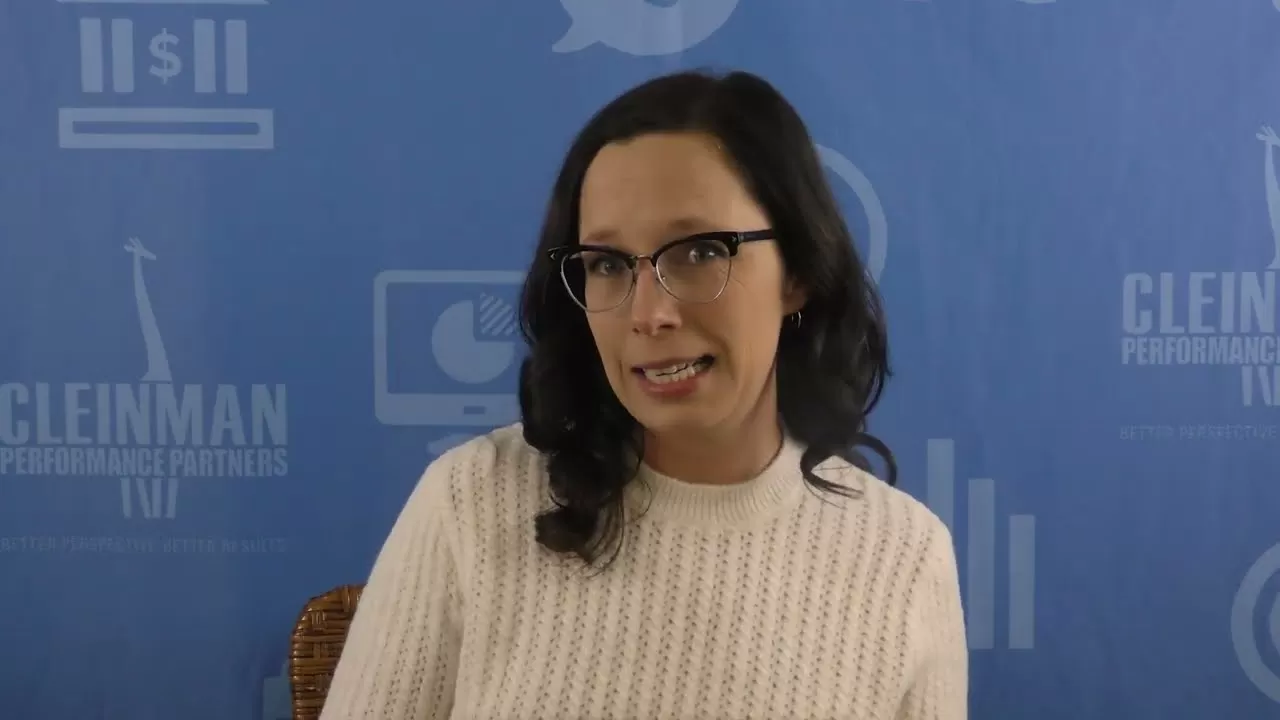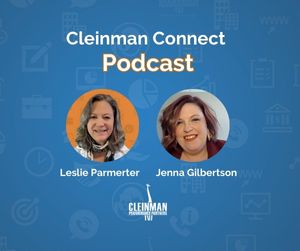
Our industry lives and breathes on discounting. Back in the late 1970s, I certainly harnessed our industry’s discounting mechanics with the invention of the first national buying group. What I started with Co-Optics of America in 1979 was a discounting program for optometrists that allowed them to purchase product at the deepest available discount; without meeting the standard volume requirements put forth by the suppliers. But those discounts came with trade-offs. In exchange for the waived volume requirements were offsetting vendor benefits. For example, sold was sold; frames purchased at discount could not be returned. Orders were consolidated; members placed a single phone call and placed all of their orders. The firm, in turn, consolidated those orders for transmittal to the supplier thereby reducing the supplier’s costs. And all purchases were backed by bank guarantees; eliminating the vendor’s credit risk. Well, as these kinds of things often evolve, those vendor benefits largely went by the wayside. Today buying groups are much different. And as it relates to buying groups, the reality is that no one gets a discount…because everyone gets a discount. As buying group purchasing became the norm in the 1980s, vendors built such discounts into their pricing; thereby moving the value from real to perceived. Who’s fooling whom?
While not unique to our industry, today’s retailers and professionals have become conditioned to asking for discounts. It’s a way of life. SOP. It seems that the most important question asked is “what’s my price?” So, it stands to reason that this perspective would pass to retailing with pervasive discounting messages dominated by BOGO and other egregious crimes of retailing.
This situation was driven home to me several years ago when there appeared on my TV a sitcom that had a scene set in an optometry office. The most dominate part of the scene was a big sign saying “50% off.” How sad for our industry!
Does our industry lack marketing savvy? What else could possibly be the reason that everywhere we look, the word “discount” or the act of “discounting” prevails? Have we no creativity? Why is it that we can’t convince the consumer to purchase our services and products without a discount? Why don’t we have the confidence to communicate our products and services with pride and not just price? Well, as the saying goes, “in the absence of anything else, price prevails.”
And with such a prevalent use of the term, is it any wonder why Vision Plans have taken over your practice?
When we use the word “discount” in our marketing messages, what message do we send to the consumer?
At this stage, with years and years of these messages, we’ve conditioned our customers and patients. My guess is that we’ve been very successful, as an industry, changing the consumer’s definition of “discount” from that first mentioned in this article to another on Webster’s list:
Discount: to disregard.





